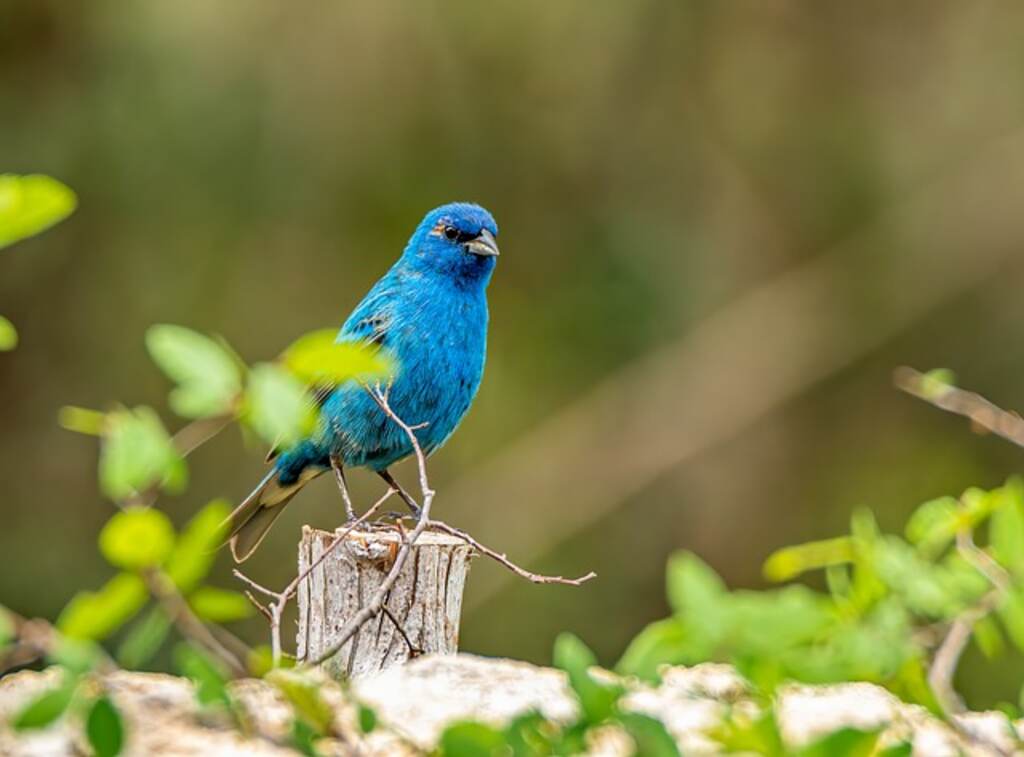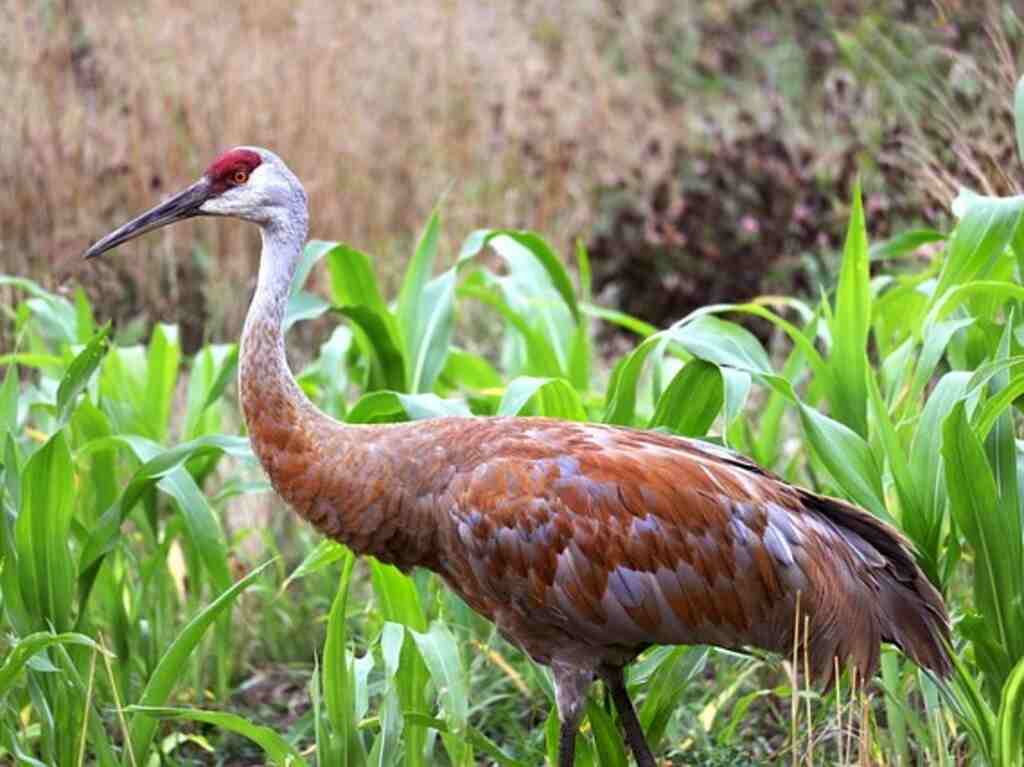When it comes to birdwatching, Iowa may not be the first state that comes to mind. However, with its diverse habitats and abundant bird species, Iowa is a hidden gem for bird enthusiasts. Exploring the top locations for birdwatching in Iowa can provide a unique and rewarding experience.
Iowa’s landscape includes wetlands, woodlands, prairies, and the Mississippi River, which attracts a variety of bird species. In fact, over 400 bird species have been reported in the state, including rare and endangered species.
Table of Contents
- 1 Key Takeaways
- 2 Birdwatching Hotspots in Iowa
- 3 Exploring Iowa’s Diverse Birdwatching Trails
- 4 Discovering Iowa’s Premier Birdwatching Sites
- 5 Exploring Iowa’s Wetland Birdwatching Opportunities
- 6 Iowa’s Urban Birdwatching Hotspots
- 7 Exploring Iowa’s Woodland Birdwatching Sites
- 8 Uncovering Iowa’s Birdwatching Gems Along the Mississippi River
- 9 Exploring Iowa’s Prairie Birdwatching Preserves
- 10 Birdwatching Hotspots in Iowa for Rare and Endangered Species
- 11 Tips for Successful Birdwatching in Iowa
- 12 Tips for Successful Birdwatching in Iowa
- 13 Conclusion
- 14 FAQs: Best Birdwatching Hotspots In Iowa
- 14.1 What are some popular birdwatching trails in Iowa?
- 14.2 Which premier birdwatching sites can be found in Iowa?
- 14.3 Where can I go for wetland birdwatching in Iowa?
- 14.4 Are there any urban birdwatching hotspots in Iowa?
- 14.5 What are some woodland birdwatching sites in Iowa?
- 14.6 Where can I find birdwatching opportunities along the Mississippi River in Iowa?
- 14.7 Are there any prairie birdwatching preserves in Iowa?
- 14.8 Which hotspots in Iowa are known for rare and endangered bird species?
- 14.9 What tips can you provide for successful birdwatching in Iowa?
- 15 Author
Key Takeaways
- Iowa’s diverse habitats provide abundant birdwatching opportunities
- Over 400 bird species have been reported in Iowa, including rare and endangered species
- Exploring Iowa’s top birdwatching locations can provide a unique and rewarding experience
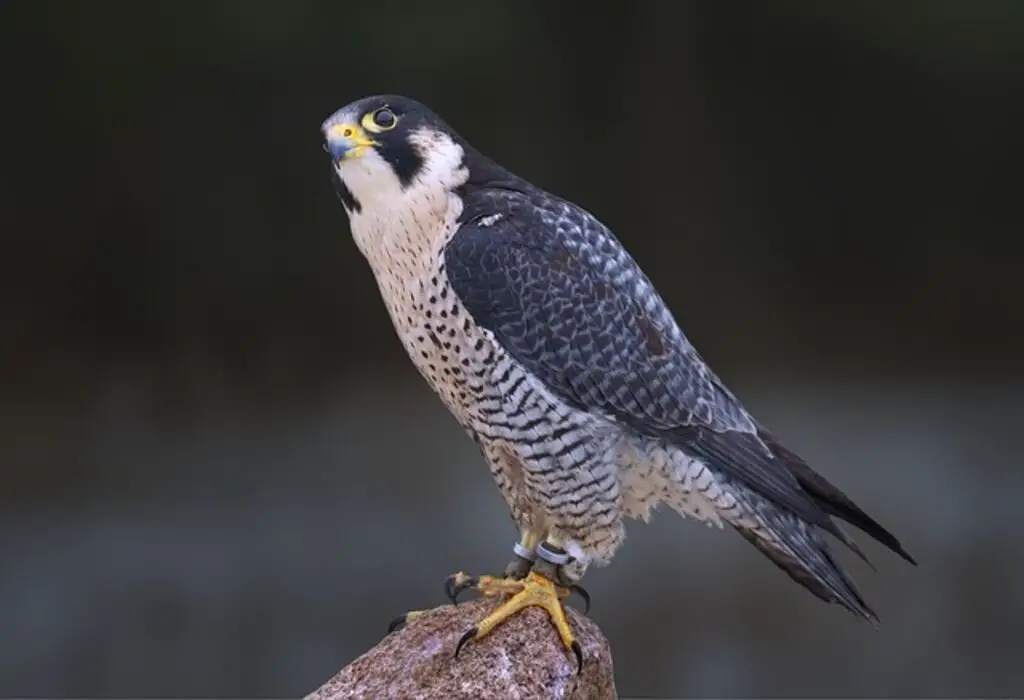
Birdwatching Hotspots in Iowa
Iowa is a great destination for birdwatching, with a variety of habitats and bird species to explore. Some of the best hotspots include Neal Smith National Wildlife Refuge, Effigy Mounds National Monument, and Yellow River State Forest.
Other notable locations include Lake Red Rock, Hitchcock Nature Center, and DeSoto National Wildlife Refuge. With its scenic landscapes and rich birdlife, Iowa is a must-visit destination for birdwatchers of all levels.
Exploring Iowa’s Diverse Birdwatching Trails
Iowa is home to a variety of birdwatching trails that offer unique opportunities to observe different bird species in their natural habitats. Whether you are a beginner or an experienced birdwatcher, there are trails suited to your preference.
The Great River Road Birding Trail is a popular route that spans the Mississippi River in Iowa. It covers 63 miles of scenic views and includes over 300 bird species. The trail features several locations that provide birdwatching opportunities, such as the Port Louisa National Wildlife Refuge and the Lake Odessa Wildlife Area.
The Loess Hills Birding Trail is another trail that is worth exploring for bird enthusiasts. It covers a distance of 77 miles and includes eight separate locations. These locations offer birdwatching opportunities to observe a variety of bird species, including the Western Meadowlark and the Northern Harrier.
Exploring Iowa’s Birdwatching Gems
The Neal Smith National Wildlife Refuge is a premier location for birdwatching in Iowa. The refuge features over 30 bird species that are native to the area, including the Eastern Bluebird and the Red-tailed Hawk. The refuge is dedicated to preserving and restoring Iowa’s native prairie habitats.
The Hawkeye Wildlife Area is another birdwatching gem in Iowa. It is located in Johnson County and covers over 13,000 acres of land. The area provides birdwatching opportunities for over 200 bird species, including Sandhill Cranes and Bobolinks.
Other notable birdwatching trails in Iowa include the Yellow River State Forest Birding Trail, the Stephens State Forest Birding Trail, and the Whiterock Conservancy Birding Trail. Each of these trails offers unique opportunities to observe various bird species in their natural habitats.
Discovering Iowa’s Premier Birdwatching Sites
Iowa is home to several premier birdwatching sites, attracting bird enthusiasts from all over the country. These sites offer unique opportunities to observe and study a diverse range of bird species in their natural habitats.
Neal Smith National Wildlife Refuge: This expansive wildlife refuge is located in Prairie City, Iowa, and covers over 8,600 acres of restored prairie, wetland, and woodland ecosystems. The refuge is a popular destination for birdwatching, with over 200 bird species identified within the park’s boundaries. Visitors can observe a variety of birds, including the American Goldfinch, the Eastern Bluebird, and the Red-tailed Hawk. The best time to visit the Neal Smith National Wildlife Refuge for birdwatching is during the spring and fall migration seasons.
Hawkeye Wildlife Area: This wildlife area is a 13,000-acre park located on the Mississippi River near Davenport, Iowa. It is home to a variety of bird species, including the American White Pelican, the Bald Eagle, and the Great Egret. The area features a mix of wetlands, forests, and grasslands, offering birdwatchers a diverse range of habitats to explore. The best time to visit the Hawkeye Wildlife Area for birdwatching is during the spring and fall migration seasons.
In addition to these premier birdwatching sites, Iowa also has many other locations that offer excellent birdwatching opportunities. Whether you’re a seasoned birdwatcher or just starting out, Iowa’s diverse habitats and rich bird populations make it the perfect destination for bird enthusiasts.
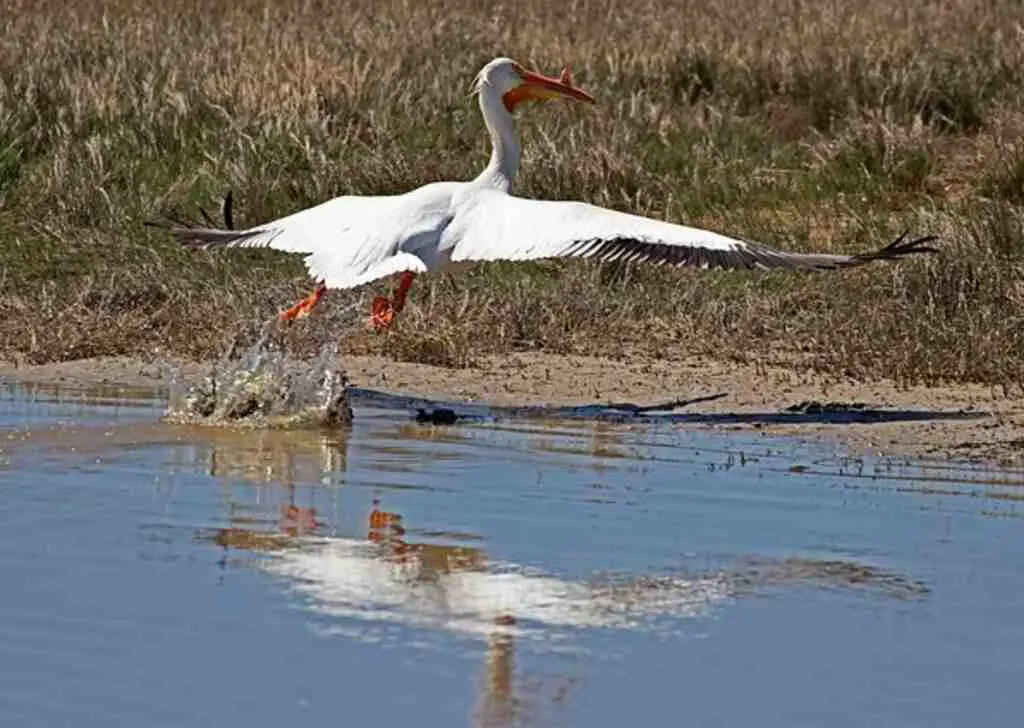
Exploring Iowa’s Wetland Birdwatching Opportunities
Iowa’s wetlands are home to a diverse range of bird species, making them ideal destinations for birdwatchers. The state has several notable wetland areas that offer unique opportunities for viewing birds in their natural habitats.
One such area is the Big Marsh Wildlife Area, located in Southeast Iowa. This wetland preserve is home to over 160 bird species, including the American bittern and the sandhill crane. Visitors can walk along the various trails and boardwalks to observe these birds amidst the lush wetland vegetation.
The Saylorville Lake is another popular wetland destination in Iowa. Located in central Iowa, this reservoir provides an ideal habitat for various waterfowl species such as the American white pelican and the common loon. Visitors can explore the several hiking trails that offer stunning views of the lake’s wetlands.
Iowa’s Urban Birdwatching Hotspots
While Iowa is known for its rural landscapes and natural beauty, it also offers a variety of urban birdwatching opportunities. Several of Iowa’s cities, such as Des Moines and Cedar Rapids, have parks and nature reserves that attract a diverse range of bird species.
In Des Moines, the Neal Smith Trail is a popular spot for birdwatching. This trail follows the Des Moines River and offers views of waterfowl, shorebirds, and songbirds. The Jester Park Nature Center in Polk County is another great spot to explore. Visitors can walk the nature trails and observe a variety of bird species, including woodpeckers, owls, and hawks.
Cedar Rapids also has several parks and nature reserves that are ideal for birdwatching. The Indian Creek Nature Center offers over 290 acres of woodland, prairie, and wetland habitats for visitors to explore. The Sac and Fox Trail follows the Cedar River and offers views of waterfowl and migratory birds.
When exploring Iowa’s urban birdwatching hotspots, be sure to bring a pair of binoculars and a field guide to help identify the birds you see. You may also want to consider joining a local birdwatching group to learn more about the area’s bird species and meet other like-minded enthusiasts.
Exploring Iowa’s Woodland Birdwatching Sites
Iowa’s forested areas are home to a variety of bird species that are not commonly found in other habitats. These locations provide birdwatchers with unique opportunities to observe and identify a range of woodland birds.
Yellow River State Forest
The Yellow River State Forest, located in the northeast corner of Iowa, is a prime destination for birdwatchers interested in woodland species. The forest’s diverse habitats, including valleys, ridges, and steep hillsides, attract a wide variety of bird species.
| Bird Species | Best Time to Spot |
|---|---|
| Acadian Flycatcher | May to August |
| Cerulean Warbler | May to August |
| Red-shouldered Hawk | Year-round |
When birdwatching in the Yellow River State Forest, be sure to bring a pair of binoculars and wear sturdy shoes suitable for hiking the forest’s trails.
Stephens State Forest
The Stephens State Forest, located in southern Iowa, is another excellent location to spot woodland bird species. The forest’s mature oak and hickory trees provide a rich habitat for bird species such as the Pileated Woodpecker and the Indigo Bunting.
| Bird Species | Best Time to Spot |
|---|---|
| Pileated Woodpecker | Year-round |
| Indigo Bunting | April to September |
| Eastern Wood-Pewee | May to August |
When exploring the Stephens State Forest, be sure to listen for the distinctive calls of these woodland birds, which can help identify them even when they are not visible.
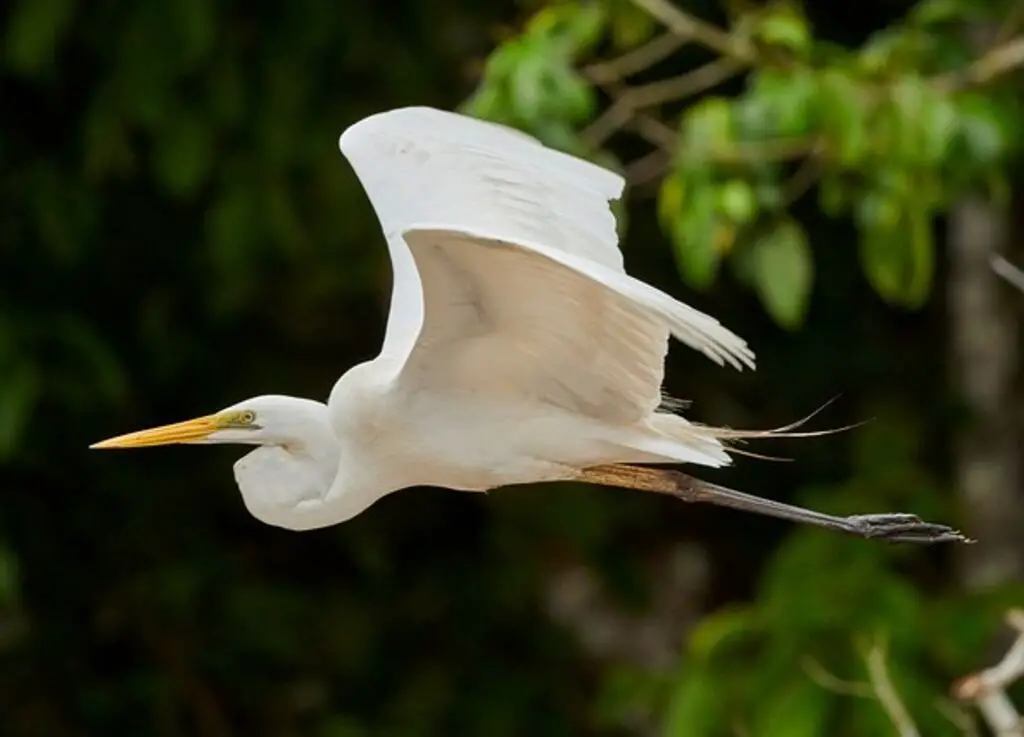
Uncovering Iowa’s Birdwatching Gems Along the Mississippi River
The Mississippi River, running alongside the eastern border of Iowa, is home to a plethora of bird species and is one of the most popular birdwatching destinations in the state. The river and its surrounding habitats provide shelter and food for a variety of birds, making it a must-visit spot for bird enthusiasts.
Lock and Dam 14, located near LeClaire, Iowa, is a prime spot for birdwatching. It’s one of the best places to observe bald eagles, as they often gather here during the winter months to feed on fish. Other species that can be spotted here include gulls, terns, and waterfowl.
| Location | Species |
|---|---|
| Lock and Dam 14 | Bald eagles, gulls, terns, waterfowl |
The Upper Mississippi River National Wildlife and Fish Refuge is another excellent location for birdwatching along the Mississippi River. This refuge stretches over 240,000 acres and is home to over 300 bird species. Visitors can expect to see bald eagles, great egrets, pelicans, and many more species.
“The Upper Mississippi River National Wildlife and Fish Refuge provides critical habitat for numerous bird species and is known for its diverse wildlife. It’s a great place to observe the beauty and importance of the Mississippi River ecosystem.” – Iowa Department of Natural Resources
If you’re interested in discovering more bird species along the Mississippi River, consider visiting the Port Louisa National Wildlife Refuge, the Fisherman’s Corner Wildlife Area, or the Bellevue State Park. All of these locations are known for their birdwatching opportunities and unique habitats.
| Location | Species |
|---|---|
| Upper Mississippi River National Wildlife and Fish Refuge | Bald eagles, great egrets, pelicans, and many more species |
| Port Louisa National Wildlife Refuge | Mallards, wood ducks, great blue herons, kingfishers, and many more species |
| Fisherman’s Corner Wildlife Area | Mallards, wood ducks, herons, and many more species |
| Bellevue State Park | Bald eagles, herons, woodpeckers, and many more species |
Don’t miss out on the birdwatching opportunities along the Mississippi River in Iowa. Take a trip to one of these locations and experience the beauty of this unique ecosystem.
Exploring Iowa’s Prairie Birdwatching Preserves
Iowa’s prairies are home to a unique range of bird species. Several prairie preserves have been established in the state to protect and conserve these habitats, providing excellent birdwatching opportunities for enthusiasts.
| Preserve | Location | Bird Species |
|---|---|---|
| Neal Smith National Wildlife Refuge | Prairie City | Greater Prairie Chicken, Dickcissel, Henslow’s Sparrow |
| Prairie Chicken Area | Jackson County | Greater Prairie Chicken, Bobolink |
At the Neal Smith National Wildlife Refuge, visitors can observe the unique courtship displays of the Greater Prairie Chicken, as well as the melodious songs of the Henslow’s Sparrow. The Prairie Chicken Area provides an ideal habitat for the Bobolink, a rare and declining grassland species.
Conservation efforts at these prairie preserves have been successful in increasing populations of rare bird species and restoring degraded habitats. The Neal Smith National Wildlife Refuge is particularly notable for its efforts in reintroducing the Greater Prairie Chicken to the prairie ecosystem.
Birdwatching Hotspots in Iowa for Rare and Endangered Species
Iowa is home to a variety of rare and endangered bird species, making it a prime location for birdwatchers seeking unique sightings. Here are some hotspots in Iowa where you can observe these special bird species:
| Location | Special Bird Species |
|---|---|
| DeSoto National Wildlife Refuge | Bald eagles, American white pelicans, and sandhill cranes |
| Effigy Mounds National Monument | Henslow’s sparrows, red-headed woodpeckers, and Acadian flycatchers |
| Neal Smith National Wildlife Refuge | Greater prairie-chickens and Henslow’s sparrows |
Conservation efforts at these locations have helped to protect the habitats of these rare and endangered bird species, making it possible for birdwatchers to observe them in their natural habitats.
It is important to note that these species are fragile and must be observed with care. Visitors are advised to stay on designated trails and keep a safe distance from nesting areas to avoid causing any disturbance to the birds.
Tips for Successful Birdwatching in Iowa
Birdwatching is a rewarding experience that requires patience and preparation. The following tips will help you make the most out of your birdwatching adventure in Iowa:
- Research your destination: Before embarking on your trip, research the bird species you can expect to see in the area, the best times to visit, and any regulations or permits required for specific locations.
- Bring the right gear: Essential equipment for birdwatching includes binoculars, a spotting scope, and a good bird field guide. Dress appropriately for the weather and choose appropriate footwear for the terrain.
- Be patient: Birdwatching requires patience and quiet observation. Approach quietly and avoid sudden movements that may scare away the birds.
- Listen for bird calls: Many bird species can be identified by their distinct calls. Listen for bird songs and calls to help identify the species you observe.
- Join a birdwatching group: Birdwatching with a group can provide valuable guidance and knowledge from experienced birders. Check with local birdwatching groups or nature organizations for group outings and events.
- Stay safe: Be aware of your surroundings and avoid disturbing the natural habitat. Watch out for uneven terrain and potential wildlife hazards, such as snakes or ticks.
By following these tips, birdwatching in Iowa can be an exciting and rewarding experience for bird enthusiasts of all levels.
Tips for Successful Birdwatching in Iowa
If you’re planning a birdwatching trip to Iowa, here are some tips to help make your experience a successful one:
Choose the Right Season
The best time for birdwatching in Iowa is during the spring and fall migration seasons, which typically occur in April-May and September-October respectively. During these times, a wide variety of species pass through the state.
Bring Essential Equipment
Essential equipment for birdwatching includes binoculars, a field guide, and comfortable footwear for walking on trails. Consider bringing a camera to capture photos of the birds you spot.
Visit a Variety of Habitats
Iowa offers a diverse range of habitats, from wetlands and prairies to wooded areas and urban parks. Visiting a variety of habitats will increase your chances of spotting different bird species.
Be Respectful of Wildlife
It’s important to remember that you are a guest in the birds’ habitat. Do not disturb nests or interfere with the birds’ natural behaviors. Keep a safe distance from the birds and do not approach them too closely.
Use Helpful Resources
There are many resources available to help identify bird species, including birding apps and online field guides. Consider joining a local birding club or group to learn more about birdwatching in Iowa.
By following these tips, you’ll be well on your way to a successful birdwatching trip in Iowa.
Conclusion
In concluding our exploration of Birdwatching Hotspots In Iowa, it’s evident that this state’s natural wonders provide a haven for avian enthusiasts.
From the serene beauty of Neal Smith National Wildlife Refuge to the majestic landscapes of Loess Hills State Forest, each hotspot showcases Iowa’s rich biodiversity and offers a unique opportunity to connect with the avian world.
Whether you’re captivated by the melodies of Effigy Mounds, the tranquility of Saylorville Lake, or the vibrant trails of Hitchcock Nature Center and Yellow River State Forest, Iowa’s birdwatching hotspots leave an indelible mark on both heart and soul.
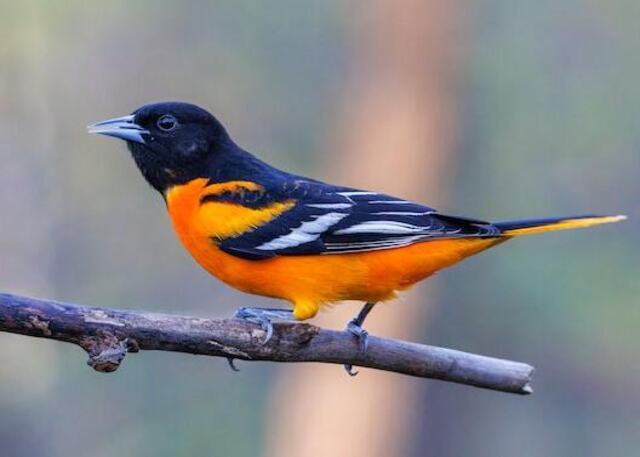
FAQs: Best Birdwatching Hotspots In Iowa
What are some popular birdwatching trails in Iowa?
Some popular birdwatching trails in Iowa include the Great River Road Birding Trail and the Loess Hills Birding Trail.
Which premier birdwatching sites can be found in Iowa?
Iowa is home to premier birdwatching sites such as the Neal Smith National Wildlife Refuge and the Hawkeye Wildlife Area, where you can spot a variety of bird species.
Where can I go for wetland birdwatching in Iowa?
Notable wetland areas in Iowa for birdwatching include the Big Marsh Wildlife Area and the Saylorville Lake.
Are there any urban birdwatching hotspots in Iowa?
Yes, cities like Des Moines and Cedar Rapids offer urban birdwatching opportunities in parks and nature reserves.
What are some woodland birdwatching sites in Iowa?
Iowa’s woodland birdwatching sites include the Yellow River State Forest and the Stephens State Forest.
Where can I find birdwatching opportunities along the Mississippi River in Iowa?
Along the Mississippi River in Iowa, you can explore locations such as Lock and Dam 14 and the Upper Mississippi River National Wildlife and Fish Refuge.
Are there any prairie birdwatching preserves in Iowa?
Yes, Iowa has prairie birdwatching preserves like the Neal Smith National Wildlife Refuge and the Prairie Chicken Area.
Which hotspots in Iowa are known for rare and endangered bird species?
Hotspots in Iowa where you can observe rare and endangered bird species include the DeSoto National Wildlife Refuge and the Effigy Mounds National Monument.
What tips can you provide for successful birdwatching in Iowa?
For successful birdwatching in Iowa, consider visiting during the best seasons, bringing essential equipment, and utilizing helpful resources for identifying bird species.

